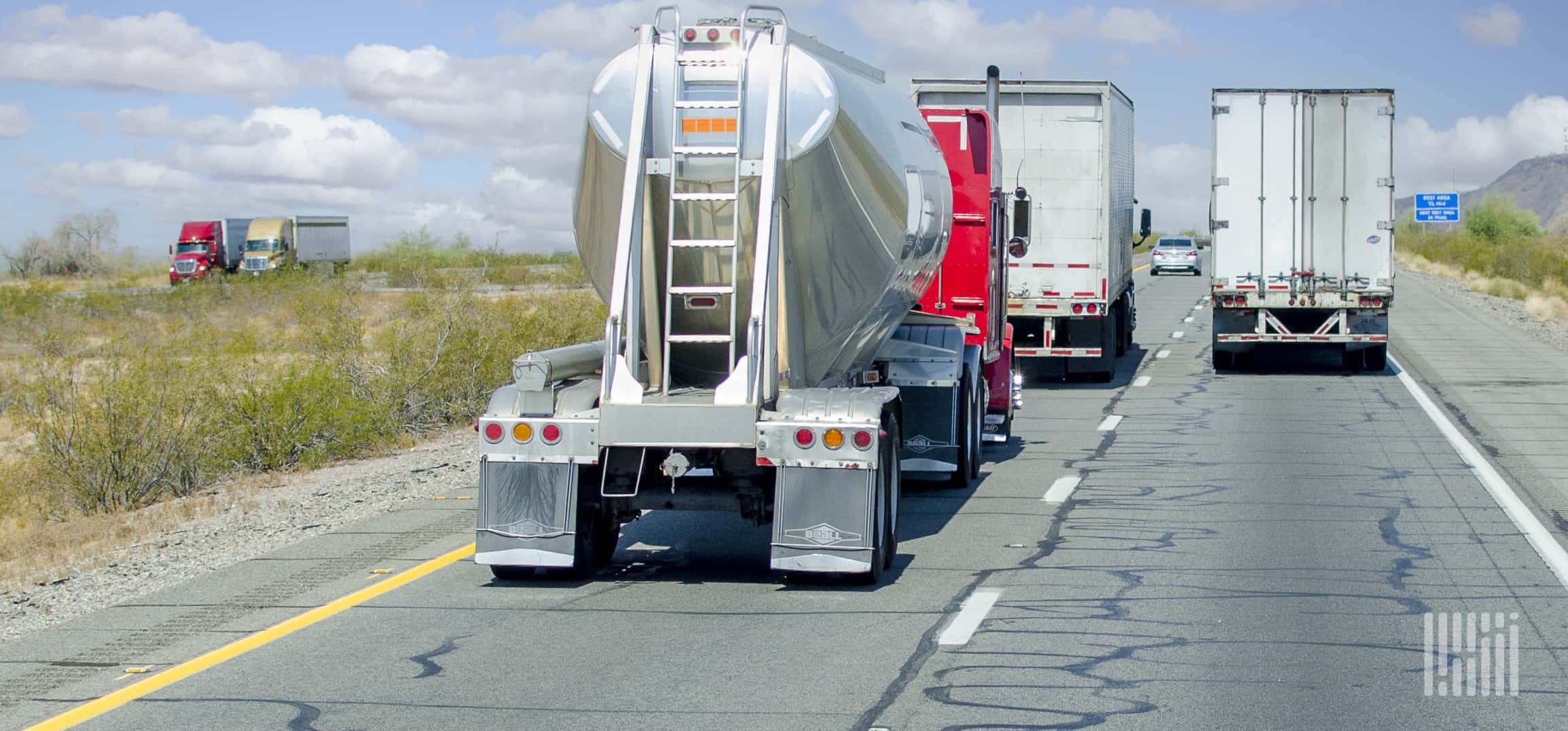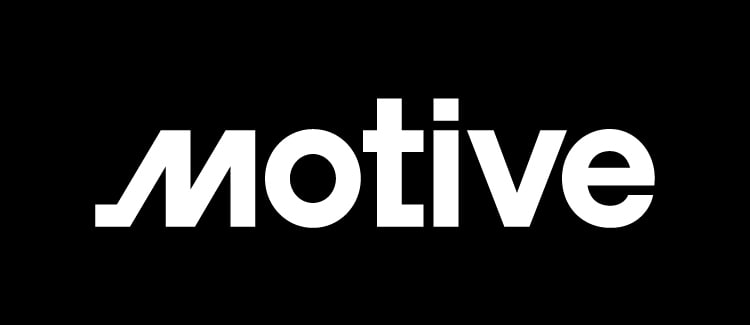In an era of tight margins and fierce competition, trucking companies are constantly seeking ways to optimize operations and cut expenses. Truck management software has emerged as a powerful tool in this pursuit, offering innovative solutions to streamline processes, enhance efficiency, and ultimately reduce costs.
In this article, we’ll delve into how modern truck management systems are helping fleet operators trim expenses across various aspects of their business, from fuel consumption and maintenance to route planning and driver productivity.
And when you’re finished reading, check out the other articles in our “Trucking management software” hub:
- Reducing costs with truck management software
- Top 10 features to look for in trucking management software
- 7 best trucking software providers
What is truck management software?
Truck management software helps manage and optimize various aspects of top trucking businesses. It covers route planning, fuel tracking, maintenance scheduling, and more. It also helps in compliance with regulations. These transportation management solutions can integrate with GPS and other tools to offer real-time data. This improves efficiency, reduces costs, and enhances safety.
Main financial challenges in the trucking industry
The current trucking industry faces numerous financial challenges that can impact its growth and sustainability. These obstacles range from day-to-day operational costs to broader economic factors.
- High operating costs: Fuel, truck fleet maintenance, and labor costs can be significant, making it challenging to maintain profitability.
- Cash flow: Fleet trucking companies often wait for payments from clients, affecting liquidity and the ability to cover immediate expenses.
- Insurance premiums: High insurance costs can significantly impact a trucking company’s bottom line.
- Equipment financing: Obtaining loans for new trucks and equipment can be challenging and costly.
- Market volatility: Fluctuating demand affects rates and can make financial planning difficult.
- Regulatory compliance: Meeting emissions and safety standards requires investment, impacting finances.
- Driver retention: High turnover rates mean recurring costs for hiring and training new drivers.
- Economic uncertainty: Factors like trade wars or recessions can severely affect revenue streams.
- Rising toll costs: Increased road tolls add to operating costs.
- Technological requirements: Implementing freight management software or advanced asset tracking systems requires upfront financial investment.
Establishing visibility into, understanding and addressing these challenges is crucial for the long-term success of a trucking business.
Logistics software features that help reduce trucking company costs
Truck management software offers a range of features designed to reduce costs in the trucking industry. These features focus on optimizing fleet operations, improving efficiency, and automating administrative tasks.
- Route optimization: The software can find the most efficient routes, reducing fuel consumption and driving time.
- Fuel management: Tracks fuel usage, identifies consumption patterns, and suggests ways to improve fuel efficiency.
- Fleet maintenance alerts: Scheduled reminders for preventive maintenance can reduce costly breakdowns and extend vehicle lifespan.
- Real-time tracking: GPS integration allows for real-time tracking, reducing idle time and unauthorized usage.
- Compliance tools: Helps with adherence to regulations, avoiding hefty fines for violations like exceeding driving hours.
- Inventory management: Efficiently manages cargo, reducing loading and unloading time, which saves labor costs.
- Driver performance monitoring: Tracks driving habits like speed, braking, and idling to identify areas for improvement.
- Billing and invoicing: Streamlines the billing process, reducing administrative overhead and improving cash flow.
- Reporting and analytics: Fleet analytics provide operational insights, identifying inefficiencies and suggesting cost-saving measures.
- Automated dispatch: Helps quickly assign and reassign loads to drivers, reducing downtime.
- Load planning: Maximizes truck space utilization, reducing the number of trips needed for the same amount of cargo.
- Customer relationship management: Streamlines customer interactions, reducing time spent on managing client accounts.
- Document management: Digitizes and organizes crucial paperwork, reducing administrative burden and storage costs.
- Mobile accessibility: Allows for remote management, reducing the need for physical office space and related overheads.
By effectively using these trucking technology features, trucking companies can aim for profitability improvements and operational efficiency.
Implementing transportation technology cost reduction measures
Trucking companies can significantly reduce fleet costs and improve performance by strategically implementing truck management technologies.
For starters, data analytics features can help identify inefficiencies in areas like fuel consumption, route optimization, and driver performance. The insights gained are used to adjust operational strategies or create targeted training programs. Preventive maintenance features can be leveraged to schedule timely vehicle checks, thus avoiding costly breakdowns and extending the lifespan of the trucks.
Streamlining administrative tasks can also reduce fleet expenses and lead to logistics efficiency. Billing and invoicing features can speed up the payment process, improving cash flow. Regulatory compliance tools ensure that the company meets all legal requirements, helping to avoid fines. Real-time monitoring through GPS tracking can reduce idle time and unauthorized vehicle use, while load management tools can maximize cargo space, reducing the number of necessary trips and thus saving on fuel.
Freight logistics software can also improve customer service with CRM features that streamline customer interactions, thereby reducing administrative overhead. Mobile solutions allow for remote management, reducing the need for office-based staff. Automated dispatch systems efficiently allocate resources, which minimizes wait times and improves asset utilization.
By adopting these measures, trucking companies can achieve meaningful fleet management cost savings and budget optimization.
How to calculate ROI on software for trucking companies
Calculating the return on investment (ROI) for trucking fleet management software involves a detailed approach. First, identify all the costs associated with the software, including the purchase price, installation, and any training or subscription fees. Next, quantify the savings the software has brought in areas like fuel consumption, maintenance, and administrative tasks. Convert these savings into monetary terms.
It’s also important to measure any revenue growth attributed to the software, such as improvements in delivery times or customer satisfaction. Factor in the time period over which these benefits have been realized to get an accurate ROI calculation.
Don’t forget to consider intangible benefits like improved regulatory compliance or enhanced driver safety, and try to assign a monetary value to these if possible.
Use this formula to calculate the ROI:
ROI = (Total benefits−Total costs/ Total costs) x 100
For more specific insights, you can break down the ROI by individual software features. This helps in understanding which functionalities are most beneficial.
Finally, remember that ROI is not a one-time fleet management cost analysis. The ROI should be calculated regularly to assess the software’s ongoing effectiveness.
Lower fleet operating costs with trucking software solutions
If reducing fleet costs is a priority, implementing software for trucking companies is one of the best cost control strategies at your disposal. By taking advantage of the features outlined above, you can better manage truck challenges and lower your total cost of fleet management.
FAQ
Each business has different needs and what it is looking for in a trucking management software. Ultimately it should all include baseline industry standards of load planning, route optimization and fleet management.
A TMS (transportation management system) for truckers is software designed to streamline various aspects of transportation logistics. It handles route planning, load optimization, billing, and compliance, making operations more efficient.
Strategic freight management includes forecasting and assessing transportation requirements as a customer or shipper, investigating raters, requesting transportation bids and ensuring compliance.


